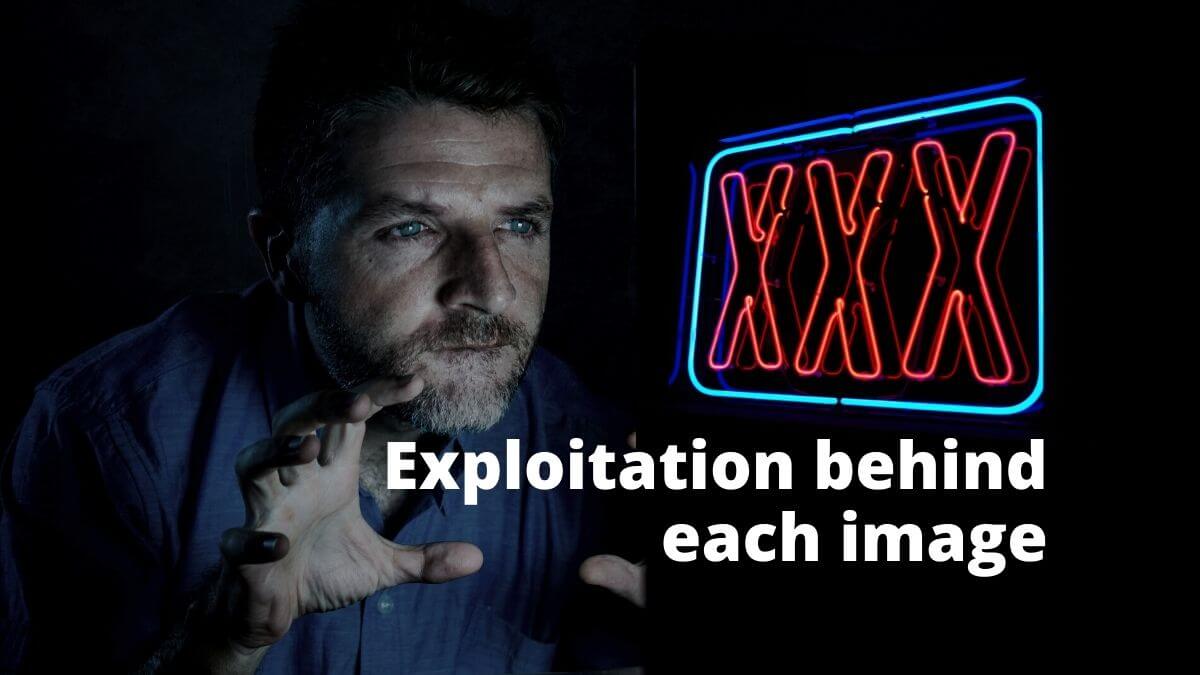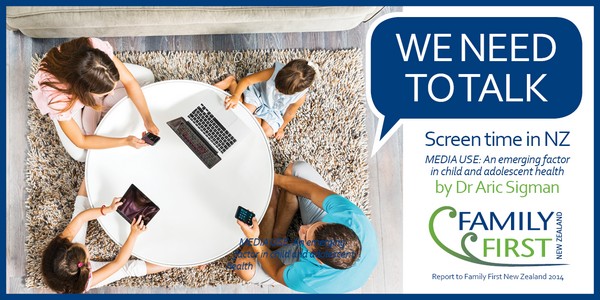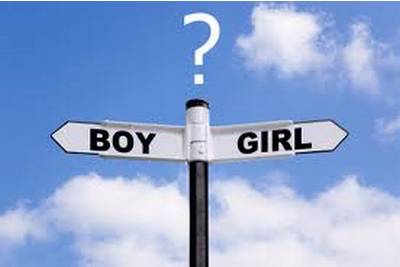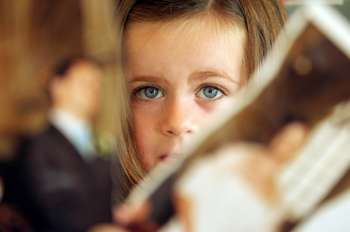Pornography fuels sex trafficking – by Olivia Boyd
Olivia Boyd is an enthusiastic and motivated 16-year-old student who is very passionate about supporting the pro-life movement and ending human trafficking. Upon completion of her High School education, she intends to study law and psychology. She has an interest in human rights and social psychology, and is an active member of the PragerForce group for students and young professionals. Olivia will be contributing articles to Family First this year as part of her Duke of Edinburgh award.
Please read Olivia’s article on the link between pornography and sex-trafficking.
The fastest growing criminal enterprise in the world is child sex trafficking [1]. It is not something that is just happening out there in the world in other countries. Although most don’t stop and consider this, it’s happening in our homes the moment someone clicks on a pornographic image or video and have then participated in the pornography industry. The sex trafficking industry thrives as long as there is demand for what it produces – pornography in the form of images and videos that fill the internet and often are free and accessible to anyone curious enough to search them out.
Trafficking is a form of modern slavery. There are more people in slavery in the world right now than any other time in history. According to Anti-Slavery International, slavery is the severe exploitation of other people for personal or commercial gain [2]. The estimate is that about 40.3 million are in slavery right now, with 25% of these being children and 71% women and girls [3]. Many of these are trapped in the sex industry, including children. In the last couple of years, there’s been a 5,000% increase in child rape videos on the internet [4]. Those that have researched sex trafficking conclude that the real numbers are likely even higher. The mental and physical scars inflicted on victims are immense.
There is an undeniable link between sex trafficking and pornography.
Firstly, it’s clear that the harm and negative impact caused by pornography is already well documented by numerous studies across a wide range of disciplines. It is harmful for a person’s mental, physical, and spiritual wellbeing as well as their relationships. It is a major cause of relationship breakdown.
However, there is also a more far-reaching issue that it creates, and that is that the pornography industry relies on the basic laws of supply and demand. When a consumer wants something, there are always people willing to provide for a profit. This is how pornography is linked to the sex trafficking industry that is greater than just a person’s desire to view it. Not all those that appear in these videos are actors and participating of their own choice. Many women and children are forced into the industry, sometimes in the most violent and devastating ways. As long as there is demand for pornography, trafficking will continue to meet the demand. Sadly, that demand is increasingly coming from a younger age group.
A disturbing trend in recent years is that young people are looking at pornography at a much younger age and are also viewing more violent and aggressive pornography. They are also subject to highly realistic video games often with violent and highly sexualised content, and peer pressure to do what their friends are doing. Parents often aren’t aware of what their children are viewing.
The problem of young people viewing porn at a much younger age than ever before is increasing. According to an Australian study published in 2019, 69% of boys and 23% of girls have seen pornography by age 13 or younger [5]. Children under age 10 now account for 22% of underage porn consumers and 10–14-year-olds make up 36% of minor consumers, according to Bitdefender’s 2016 research.
Billie Eilish, an internationally acclaimed singer/songwriter and Grammy award winning 20-year-old recently did an interview in which she confessed, “I started watching porn when I was like 11. I didn’t understand why it was a bad thing. I thought that’s how you learned how to have sex. I think it really destroyed my brain and I feel incredibly devastated that I was exposed to so much porn…And, I just, I’m so angry that porn is so loved and I’m so angry at myself for thinking that it was ok.” [6]
Pornography causes harm to the viewer, but the widespread harm is also to those that were trafficked and exploited. For these reasons, we must turn the tide on the normalisation of porn. We must tell our friends about the dangers and effects of porn, both on them and how it affects the victims of trafficking. As long as porn is normalised and often even celebrated, the problem is perpetuated. It negatively impacts a young developing mind and can lead to addiction. It should not be a source of sex education for young people. We must all be a part of driving the change needed in our culture where we stop the victimisation of the vulnerable and end sex trafficking in our generation.
References:
[1] https://www.prageru.com/video/the-candace-owens-show-tim-ballard
[2] https://www.antislavery.org/slavery-today/modern-slavery/
[3] https://hagar.org.nz/issues-we-tackle/
[4] https://www.prageru.com/video/the-candace-owens-show-tim-ballard
[5] Accessed on ‘Exodus Cry’: eChildhood_No._of_Children_Australia_Exposed.pdf https://d3n8a8pro7vhmx.cloudfront.net/pornharmskids/pages/568/attachments/original/1573265907/eChildhood_No._of_Children_Australia_Exposed.pdf?1573265907&sa=D&source=editors&ust=1623339291097000&usg=AOvVaw2xZjwu0yQzEpHFdOJ3xaHW
[6] Billie Eilish Says Violent Porn “Destroyed My Brain” After Watching at Age 11 – Exodus Cry https://exoduscry.com/blog/shiftingculture/billie-eilish-says-violent-porn-destroyed-my-brain-after-watching-at-age-11/






